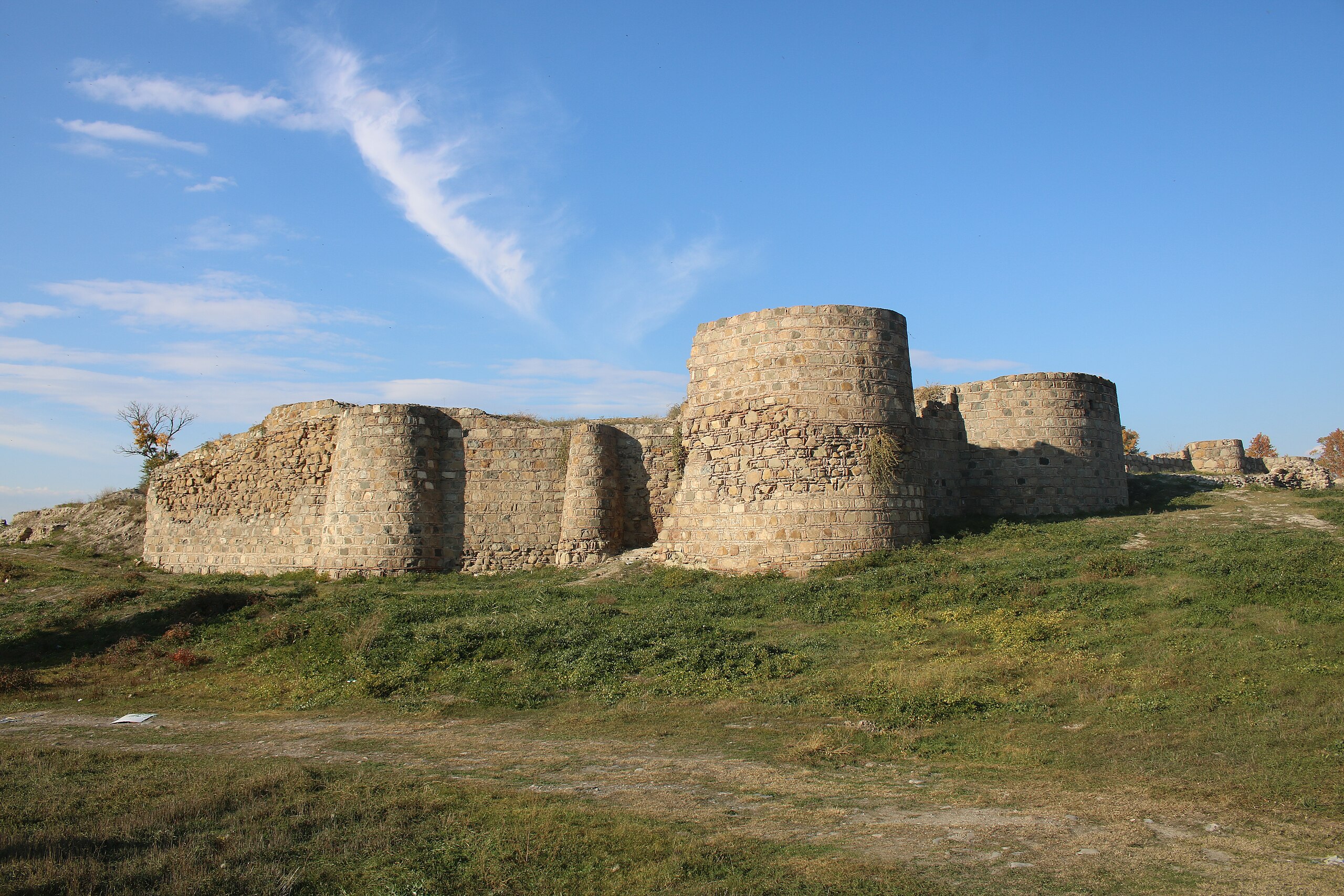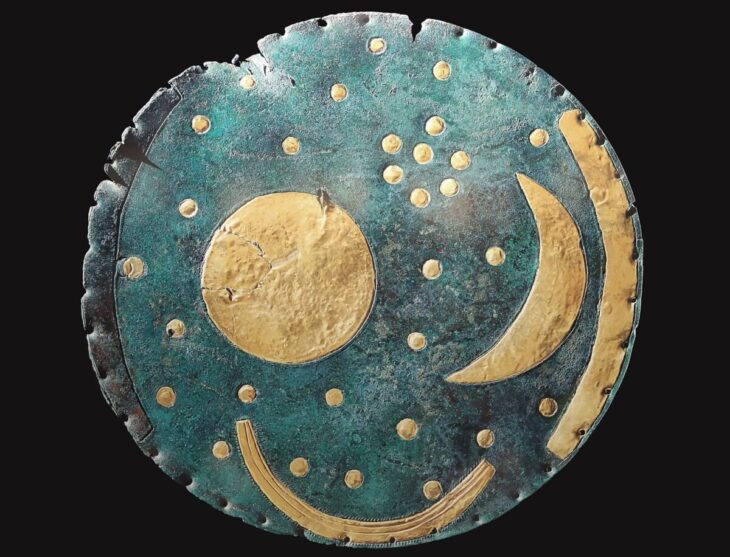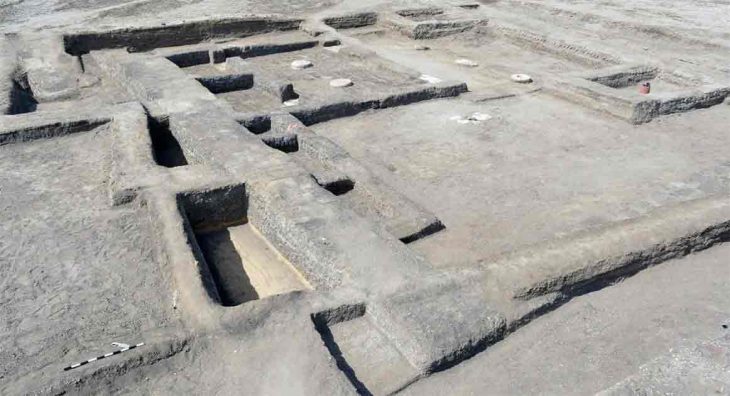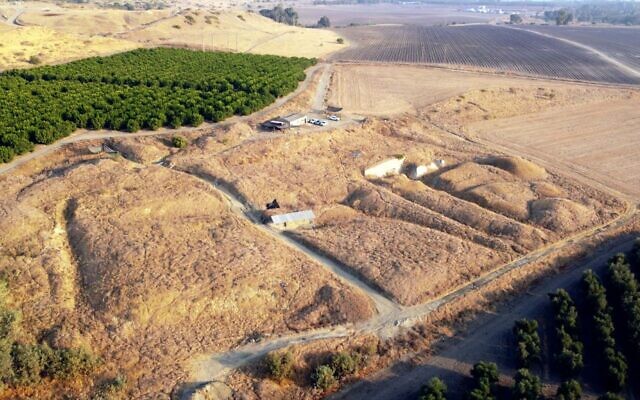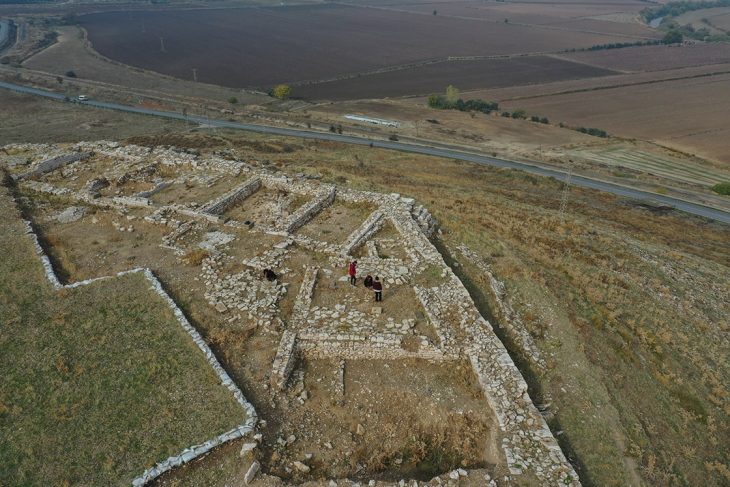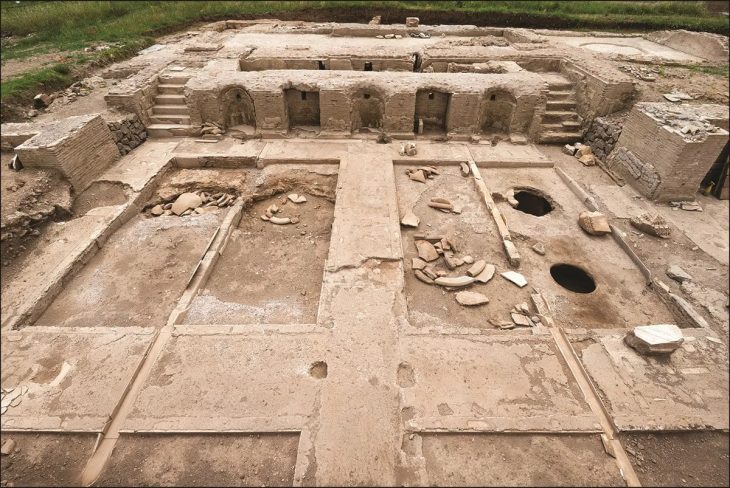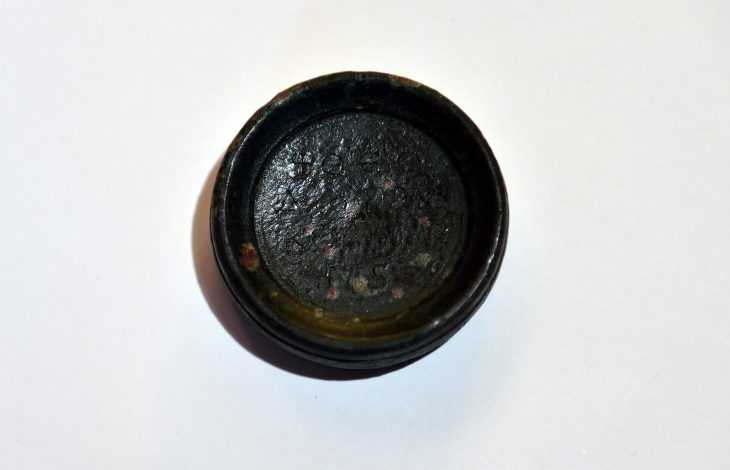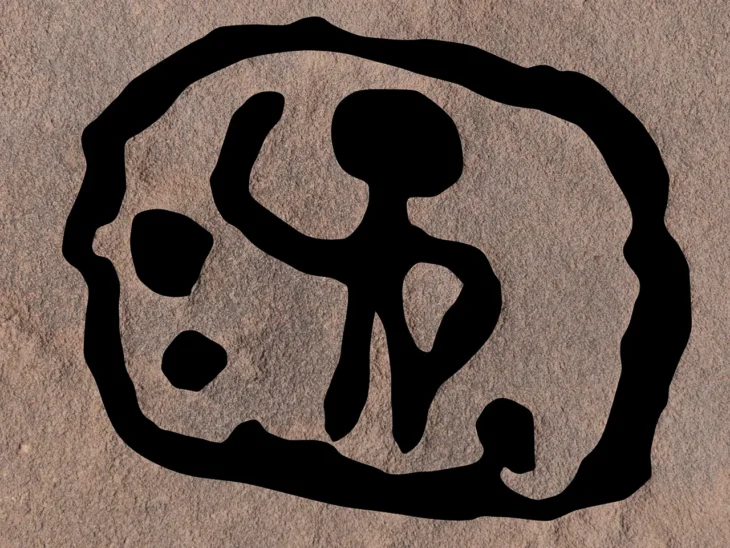Archaeologists uncover a rare medieval helmet and chain-mail shirt — the only known combat artifacts of their kind in the South Caucasus.
A team of Georgian archaeologists has made a landmark discovery at Rustavi Fortress, one of the oldest fortifications in the South Caucasus. Excavations conducted in the fortress’s sixth chamber revealed a well-preserved iron helmet with a muzzle guard and a chain-mail shirt dated to the 9th–10th centuries — the only known example of such armour ever found in the region.
According to Nazibrola Pachikashvili, director of the Rustavi Museum and head of the excavation, the find represents a turning point for Georgia’s medieval military archaeology. “We discovered an iron helmet complete with its facial guard, and nearby a full chain-mail cuirass made of interconnected rings. This is an unprecedented discovery for Georgia,” she said.
The excavation, organized by Rustavi Municipality and launched in July 2025, aims to investigate the 9th–12th century palace complex inside the fortress. Over 100 people — including archaeologists, university students, and volunteers — are participating in the ongoing project.

A Fortress with Deep Roots
Rustavi Fortress, situated about 25 kilometres southeast of Tbilisi, overlooks the Kura River and has been occupied since the Middle Bronze Age. Historical sources list Rustavi among the earliest urban settlements in the ancient Kingdom of Iberia, alongside Mtskheta, Uplistsikhe, and Urbnisi.
📣 Our WhatsApp channel is now LIVE! Stay up-to-date with the latest news and updates, just click here to follow us on WhatsApp and never miss a thing!!
The fortress was originally constructed to protect the southeastern approach to Tbilisi and underwent three major reconstruction phases: in the 5th–8th, 9th–11th, and 12th–13th centuries. Uniquely, fragments of frescoes still survive on its interior walls — a rare feature for Georgian fortifications and evidence of the site’s ceremonial as well as defensive role.
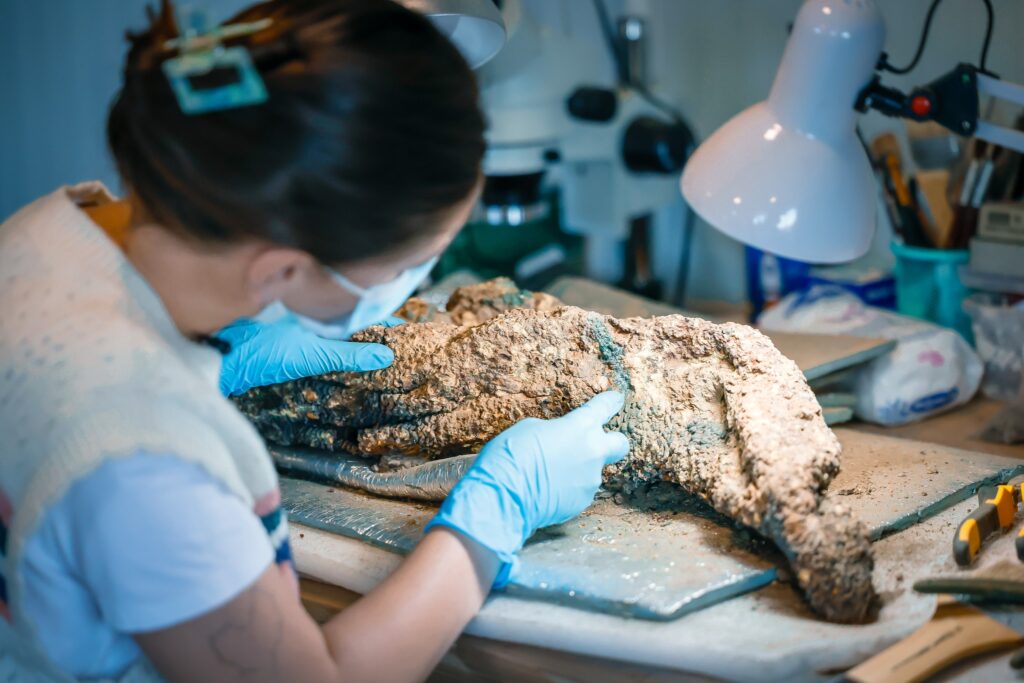
Significance of the Discovery
Experts suggest the armour may have belonged to an elite soldier or commander stationed at Rustavi. The iron helmet, featuring a detachable muzzle plate, reflects advanced craftsmanship and design possibly influenced by Byzantine or Persian models. The chain-mail shirt, composed of thousands of interlinked iron rings, is in exceptional condition considering the area’s humid soil.
The discovery also helps fill a major gap in the archaeological record. Very few examples of early medieval armour survive anywhere in the Caucasus, and none have been documented with this level of completeness. The find provides direct material evidence of how warfare technology evolved during the formative centuries of Georgia’s feudal states — an era marked by Arab, Byzantine, and local interactions.
Archaeologists are now conducting metallurgical analysis to determine the alloy composition and manufacturing techniques. Early observations indicate the items may have been locally produced, showing that Georgian armourers of the time possessed high technical skills comparable to those of their regional counterparts.
Cultural and Academic Impact
Beyond its military relevance, the find highlights Rustavi’s long-standing role as both a cultural and political center. The municipality plans to establish an open-air museum within the fortress complex, allowing visitors to view the excavation zones and learn about the site’s evolution over three millennia.
The newly uncovered armor will be conserved and later displayed at the Rustavi Museum. “This discovery brings us closer to the people who defended these walls a thousand years ago,” said one of the archaeologists involved. “It connects Georgia’s living heritage with its martial past.”
The chain-mail and helmet from Rustavi Fortress now stand as silent witnesses to a turbulent medieval frontier, embodying both craftsmanship and resilience — a rare survival from the era when Georgia’s identity was forged amid shifting empires.
Cover Image Credit: Mehman Ibragimov- Wikipedia

